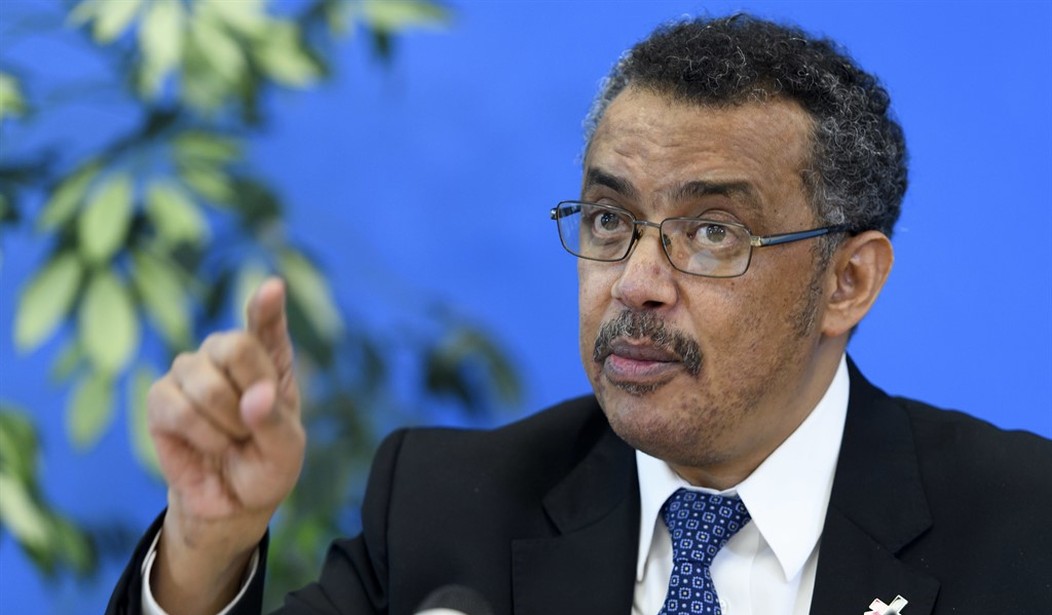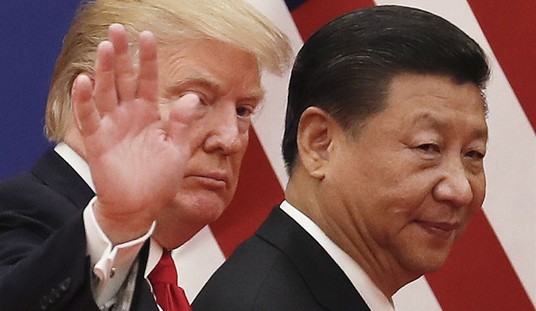Seems we’ve heard this before… World Health Organization (WHO) Secretary-General Tedros Adhanom Ghebreyesus warned this week during a virtual briefing to reporters that, although bird flu H5N1 has rarely infected humans before, the “status quo” might change at any time, and countries are encouraged to increase “surveillance” of human interaction with potentially risky animals.
Brownstone Institute wrote last year that proposed amendments to the WHO’s treaty with its member states (including the U.S.) could give the WHO a dangerous amount of power over when a global pandemic is declared and what measures governments must adopt. The amendments were defeated in May 2022 but were again reportedly under consideration in Jan. 2023.
NEW – WHO's Tedros says we "must prepare" for a potential H5N1 human bird flu pandemic. pic.twitter.com/4Y3asCMN9S
— Disclose.tv (@disclosetv) February 9, 2023
Dr. Tedros said:
”Over the past few weeks, there have been several reports of mammals, including minks, otters, foxes, and sea lions having been infected with H5N1 avian influenza. H5N1 has spread widely in wild birds and po—poultry for 25 years. But the recent spillover to mammals needs to be monitored closely. For the moment, WHO assesses the risk to humans as low. Since H5N1 first emerged in 1996, we have only seen rare and unsustained transmission of H5N1 to and between humans. But we cannot assume that will remain the case, and we must prepare for any change in the status quo.”
Sure, it’s rare. But WHO knows what might happen? Of course, WHO-recommended COVID-19 pandemic measures such as lockdowns and masking have since been proven total failures or even actively harmful, and the WHO seems to have covered for the Chinese Communists in the early days of COVID-19, but we can definitely depend on the WHO to be reliable and honest if there’s another pandemic.
Related:
Dr. Tedros continued:
“As always, people are advised not to touch or collect dead or sick wild animals, but to report them to the local authorities. WHO is working with national authorities and partners to monitor the situation closely and to study cases of H5N1 infection in humans when they occur. WHO’s global laboratory network, the Global Influenza Surveillance and Response System, identifies and monitors strains of circulating influenza viruses and provides advice to countries on their risk to human health, and available treatment or control measures. WHO recommends countries strengthen surveillance in setting where humans and farmed or wild animals interact. WHO is also continuing to engage with manufacturers to make sure that, if needed, supplies of vaccines and antivirals would be available for global use.”
Let’s hope H5N1 continues rare in humans. One experience like the COVID-19 pandemic is quite enough.










Join the conversation as a VIP Member